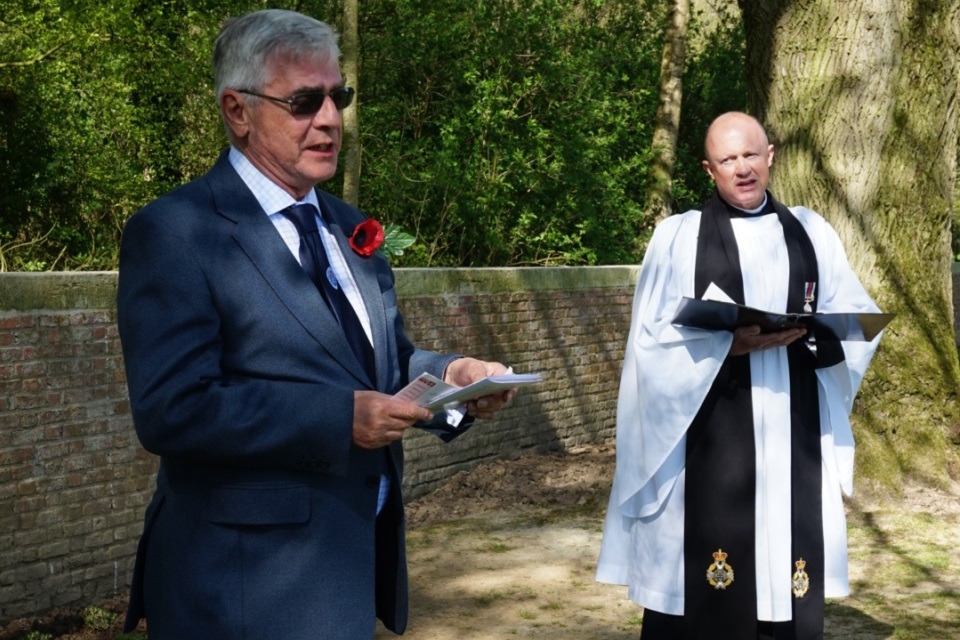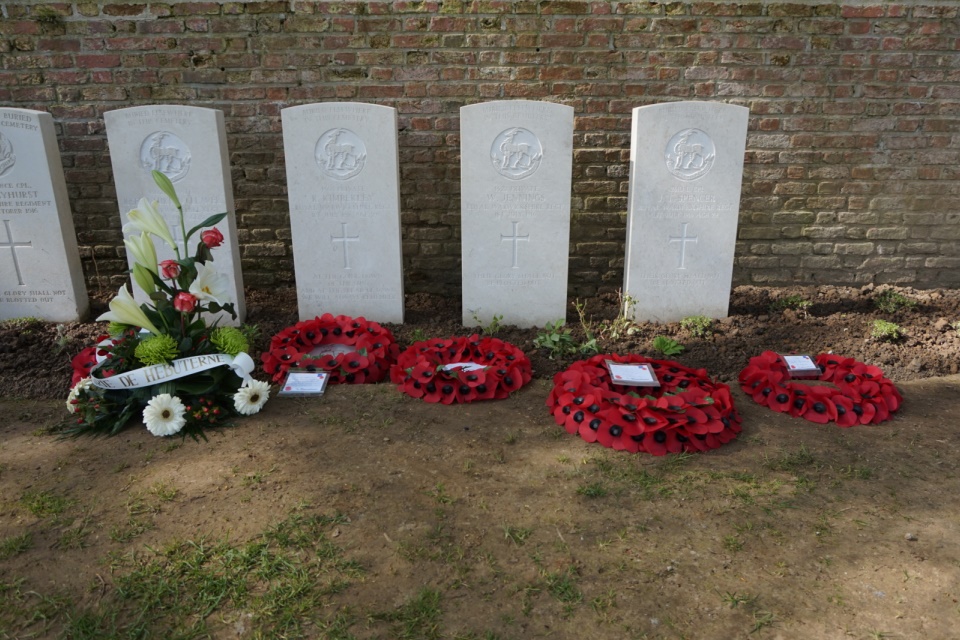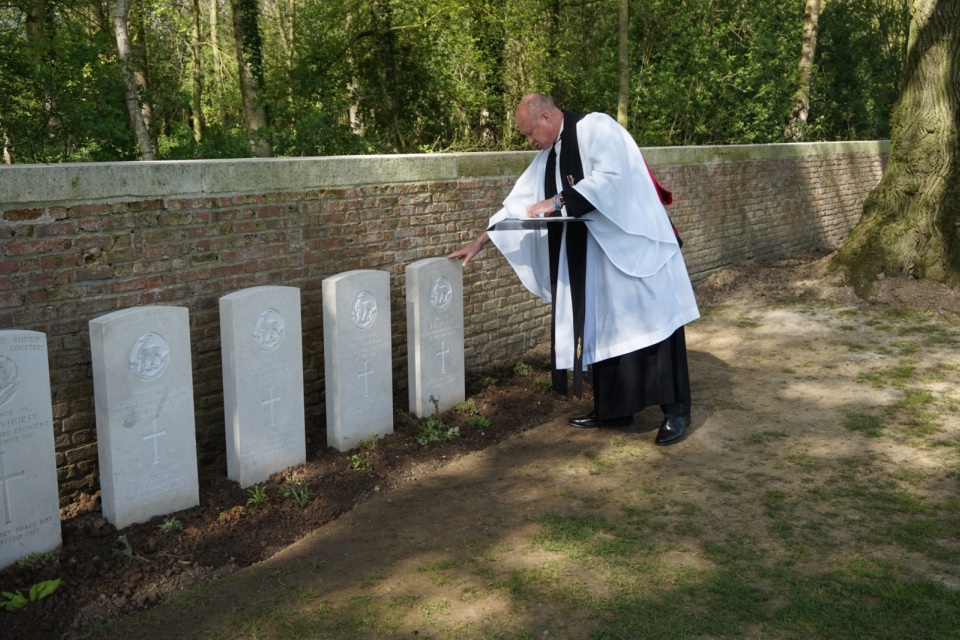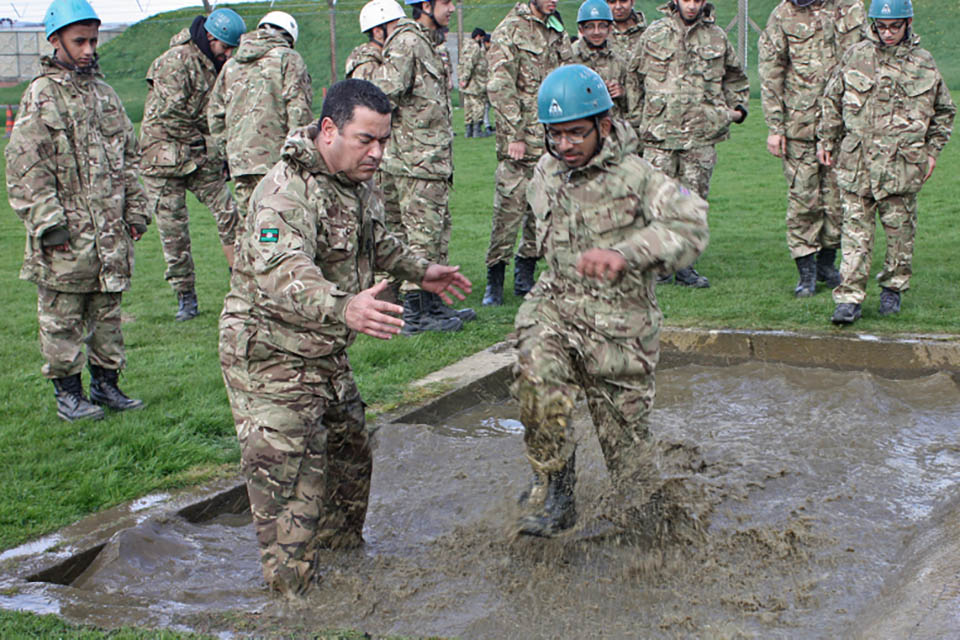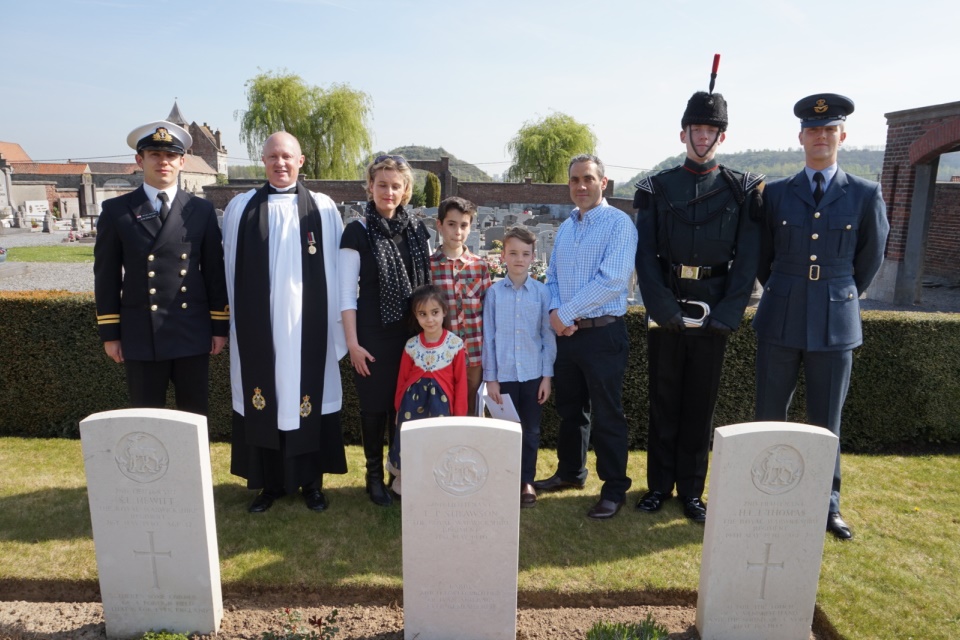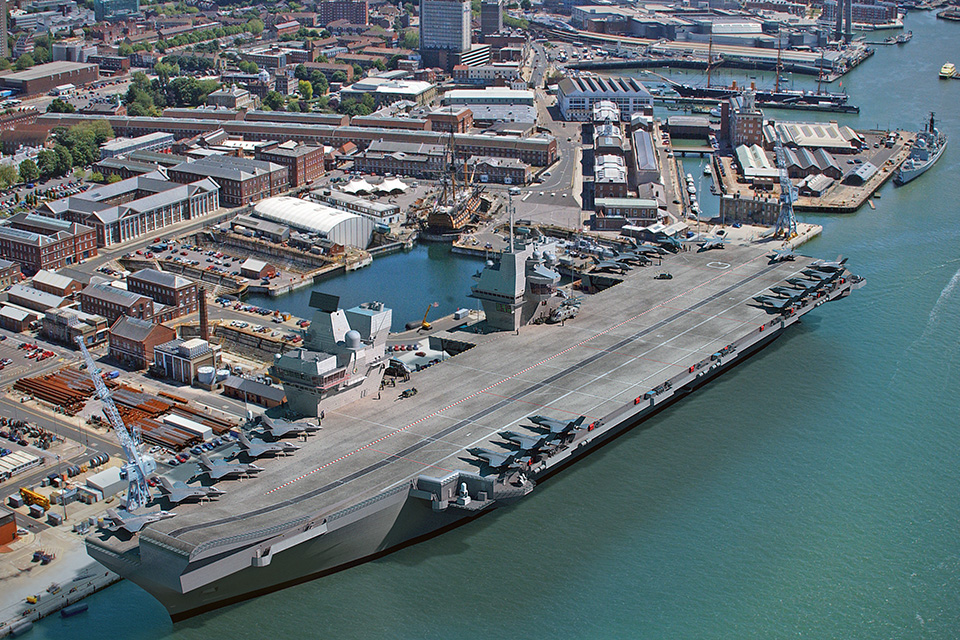News story: Headley Court team leading ground breaking hip pain research
The Military Hip Rehabilitation Outcome (MILO) study is funded with a grant from Arthritis Research UK and brings together university academics, industry partners and MOD collaborators to investigate issues surrounding the risk factors and treatment of hip pain in the armed forces.
Little is currently known about the causes of hip pain in military personnel and the evidence supporting popular treatment options is inconclusive. The MILO research programme consists of 2 separate studies.
Study 1 will compare the effects of a residential rehabilitation programme with conventional out patient care and
Study 2 will examine the occupational risk-factors for hip pain in UK military personnel.
Commenting on the importance of this programme the Director of Defence Rehabilitation, Col John Etherington said:
Musculoskeletal injuries (MSKI) are a major problem affecting the health and operational readiness of our personnel. We know that approximately 19% of the trained UK armed forces on strength currently have a diagnosed MSKI with army personnel the most likely to be medically downgraded.
Along with several other programmes, this research is essential to ensure our people receive the right treatment for their hip pain at the right time. Crucially, the results will also allow us to exploit initiatives that could prevent the development of the condition in currently serving and future generations of military personnel.
Gp Capt Alex Bennett the Head of Research at Headley Court who leads the study group explained how determining the causes and optimal treatment for hip pain has important implications for young physically active military personnel:
The first step to delaying or preventing the development of hip pain is to determine the causes. The MILO study will look at the role of occupational physical activity as a potential cause of hip pain and may open the door to preventing hip damage.
We are also conducting the first study evaluating in-patient versus out-patient treatment options in young active adults with hip pain. The results will provide evidence to inform clinical practice and ensure military personnel receive the most effective available treatment. This vital research will greatly improve our understanding of hip pain in the UK military context
A dedicated MILO study clinic has been established at Defence Medical Rehabilitation Centre (DMRC) Headley Court. Anyone with questions about the research programme should email Mr Russ Coppack at dmrc-clinicalresearchmanager@mod.uk or phone 01372 947 103.
